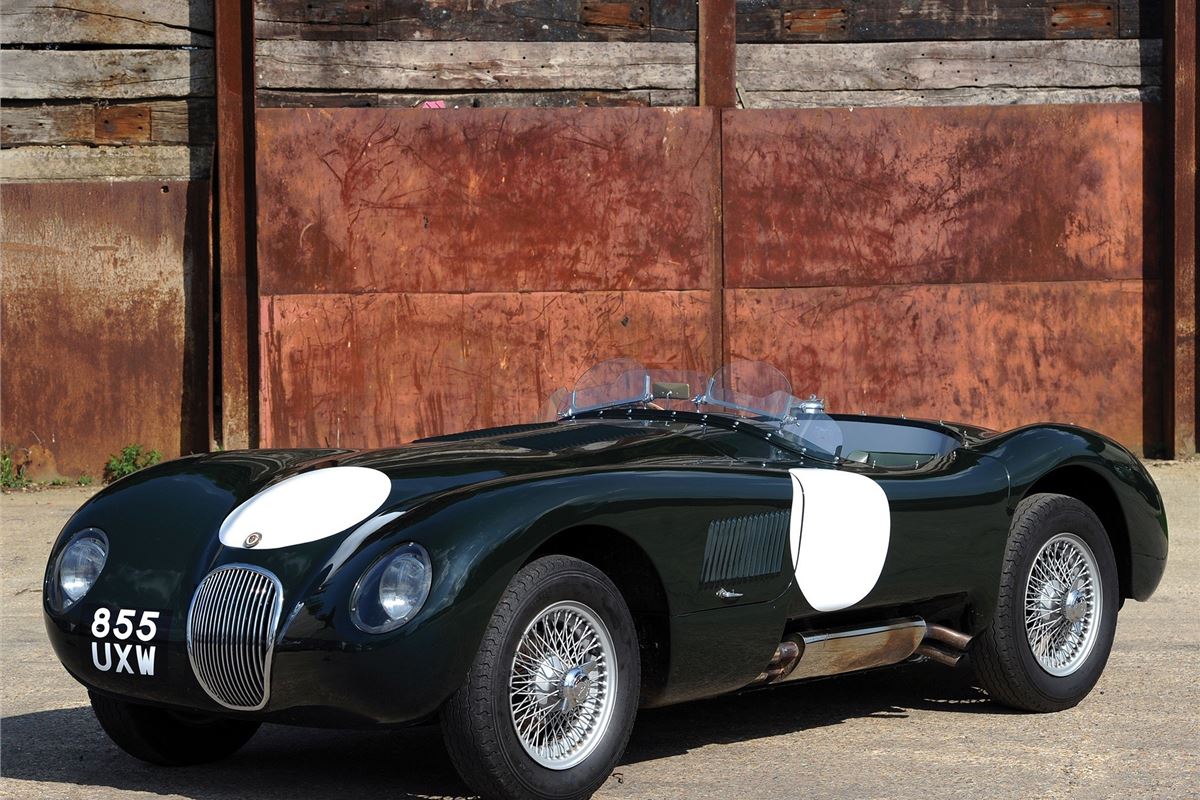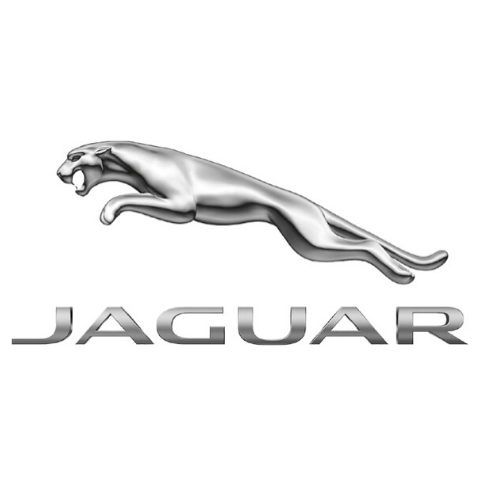None Jaguar C-type

The descriptions of the Classic Cars in the Directory were partly generated or supplemented with the help of artificial intelligence (AI). The content may occasionally not always be entirely accurate or factually correct despite careful checking.
The Jaguar C-type is a highly coveted sports car built by the British automaker in the early 1950s. A limited production run of just 54 units, the C-type has become a timeless classic revered for its performance and beauty.
At the heart of the C-type is a 3.4-liter inline-six engine, designed and built in-house by Jaguar. It features twin overhead cams, hemispherical combustion chambers, and triple SU carburetors, producing an impressive 220 horsepower at 5,500 rpm. The engine is mated to a four-speed manual gearbox, with a lightweight aluminum flywheel and clutch. The result is a top speed of around 150 mph and 0-60 mph acceleration in just over 8 seconds.
Chassis construction was similarly advanced for the era, utilizing a rigid steel spaceframe with aluminum panels formed over it. The C-type's weight-saving measures extended to skinny magnesium wheels and lightweight Dunlop disc brakes, which provided impressive stopping power.
Handling is traditionally Jaguar, with the C-type featuring a front wishbone and rear trailing arm suspension setup. The car also boasted a quick 15:1 steering ratio, which gave the driver precise control in all driving conditions.
The C-type was also notable for its aerodynamic design, which set the standard for other sports cars of the era. Its teardrop-shaped body was developed using wind tunnel testing, with the design featuring a sleek nose and flowing curves that reduced drag and improved stability. The car was also fitted with a wraparound windscreen and aerodynamic headrest, which became a hallmark of the C-type's design.
The C-type's racing pedigree is well-documented, with the car taking wins at Le Mans in 1951 and 1953. Back in the day, the C-type was seen as an engineering marvel and a symbol of Jaguar's technical prowess. Today, it is coveted by collectors and enthusiasts alike, with examples selling for millions of dollars at auctions.
In summary, the Jaguar C-type is a true marvel of engineering and design, with its powerful engine, lightweight construction, and aerodynamic body setting the standard for sports cars of the era. Its place in racing history and the automotive industry as a whole is undeniable, and its timeless elegance and performance capabilities continue to captivate car enthusiasts over half a century later.
Milestones
- 1948: Development of the XK120 began, which would lay the groundwork for the C-type - 1950: The XK120 dominated at the 24 Hours of Le Mans, prompting Jaguar to pursue racing further - 1951: The Jaguar C-type was introduced with a lightweight, aerodynamic body and a 3.4-liter engine, capable of top speeds of 120 mph - 1951: The C-type made its debut at the 24 Hours of Le Mans, with two cars finishing 4th and 10th overall - 1952: The C-type won the 24 Hours of Le Mans, driven by British racing legend Stirling Moss and Peter Walker - 1953: The C-type won the 24 Hours of Le Mans again, this time driven by Tony Rolt and Duncan Hamilton - 1953: Jaguar announced the production of the C-type for customer sale, with only 54 total cars produced - 1954: The C-type won the Reims 12 Hours, driven by Hamilton and Roger Laurent - 1955: The C-type was replaced by the D-type, which would continue Jaguar's dominance in endurance racing.Technical
- Produced by Jaguar Cars from 1951-1953 - Designed by Jaguar's aerodynamicist, Malcolm Sayer - Derived from the XK120, featuring a lightweight tubular chassis and aluminum body - Powered by a 3.4-liter inline-six engine with triple carburetion - Produced 204 horsepower and had a top speed of around 120 mph - Won the 24 Hours of Le Mans in 1951 and 1953 - Featured a four-speed manual transmission and hydraulic disc brakes - Sold for £1,900 when new (equivalent to around £60,000 in today's currency) - Available with either left or right-hand drive configuration - Estimated that approximately 53 C-types were built, with some being converted to road-going models.